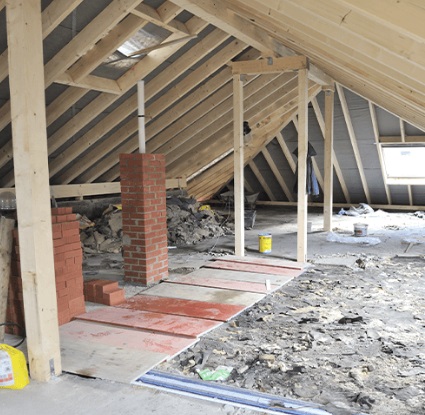Navigating Broken Car Removal in Canberra: 6 Key Considerations

Are you facing the challenge of removing a broken car in Canberra? Whether it’s due to an unfortunate accident or simply an old vehicle that’s no longer roadworthy, navigating broken car removal can be a daunting task. However, with the right considerations in mind, you can efficiently and effectively manage this process. In this blog, we’ll explore six key considerations to help you navigate broken car removal in Canberra.
1. Legal Requirements
Before embarking on the removal process, it’s crucial to understand the legal requirements associated with disposing of a broken car in Canberra. Familiarize yourself with any local regulations, permits, or documentation needed for car removal. This may include notifying relevant authorities or obtaining a disposal certificate to ensure compliance with the law.
Furthermore, it’s important to note that an operator of an authorised end-of-life vehicle treatment facility must issue the registered owner with a certificate of destruction and ensure that the facility is operated under an appropriate waste license or permit. Meeting the minimum technical requirements for the storage, treatment, and recovery of end-of-life vehicles, as well as keeping records of end-of-life vehicle materials for reuse, recycling, recovery, and disposal, are essential aspects to consider in adherence to the legal requirements.
2. Environmental Impact
Broken car removal can have significant environmental implications if not handled responsibly. When selecting a removal service, it’s essential to prioritize those that adhere to eco-friendly practices, such as recycling and proper disposal of hazardous materials. By opting for a removal service that prioritizes environmental sustainability, you contribute to minimizing the ecological footprint associated with your car’s removal.
Proper disposal and recycling of materials such as engine oil, batteries, and other potentially hazardous components can prevent harmful substances from leaching into the soil and water sources, thereby safeguarding the local environment from contamination and promoting a cleaner, healthier community for all. Additionally, supporting eco-friendly car removal initiatives aligns with the global effort to reduce carbon emissions and promote sustainable waste management practices.
3. Assessment of the Vehicle’s Condition
Before arranging for removal, conducting a thorough assessment of the broken car is crucial. This evaluation involves determining whether any salvageable parts can be sold or recycled. By identifying components such as the engine, transmission, or valuable metals that can be salvaged, you can make informed decisions about the removal process.
Additionally, exploring opportunities to sell or recycle these parts can potentially recoup some value from the vehicle. Moreover, assessing the condition of the car allows you to understand its potential environmental impact and to take proactive steps to mitigate any risks associated with the disposal process. This mindful approach not only aids in maximizing the value of the vehicle but also contributes to sustainable resource management by extending the lifecycle of usable car parts.
4. Selection of Removal Service
Choosing the right car removal service is paramount in ensuring a smooth and efficient process. When researching potential companies in Canberra, prioritize those with a proven track record in removing broken or damaged vehicles. Look for services that offer free towing, transparent pricing structures, and efficient removal processes to streamline the experience. Additionally, reading customer reviews can provide valuable insights into the reliability and professionalism of a removal service.
Prioritizing customer feedback allows you to gauge the overall satisfaction and experiences of previous clients, providing you with confidence in the service provider’s ability to handle your broken car removal with professionalism and care. Furthermore, opting for a reputable removal service not only ensures a hassle-free process but also contributes to responsible and sustainable disposal practices, aligning with your environmental and ethical considerations.
5. Documentation and Ownership Transfer
Ensure that you have all the requisite documentation related to the vehicle, including the title and registration, when preparing for the removal process. Additionally, be ready to transfer ownership to the removal service or new owner if you are selling any salvageable parts. This step is crucial for legally and responsibly transferring the vehicle out of your name.
By completing the necessary paperwork and ownership transfers, you not only fulfill your legal obligations but also prevent any potential liabilities associated with the vehicle once it has been removed from your possession. It’s essential to adhere to these procedures to ensure a seamless and lawful transition of ownership, providing you with peace of mind and legal clarity regarding the status of the vehicle.
6. Cost and Financial Considerations
Finally, consider the financial aspects of Accident Car Removal Canberra. While some removal services may offer free towing and even pay you for the vehicle’s salvageable parts, others may charge for removal. Evaluate the overall cost and potential returns from selling salvageable components to make an informed decision.
Conclusion
Navigating broken car removal in Canberra involves several key considerations, including legal requirements, environmental impact, vehicle assessment, selection of a removal service, documentation, and financial aspects. By carefully addressing these considerations, you can streamline the removal process while fulfilling your legal and environmental responsibilities. Whether it’s for safety reasons, environmental consciousness, or space constraints, removing a broken car can be a proactive step towards a cleaner and more organized living environment.











